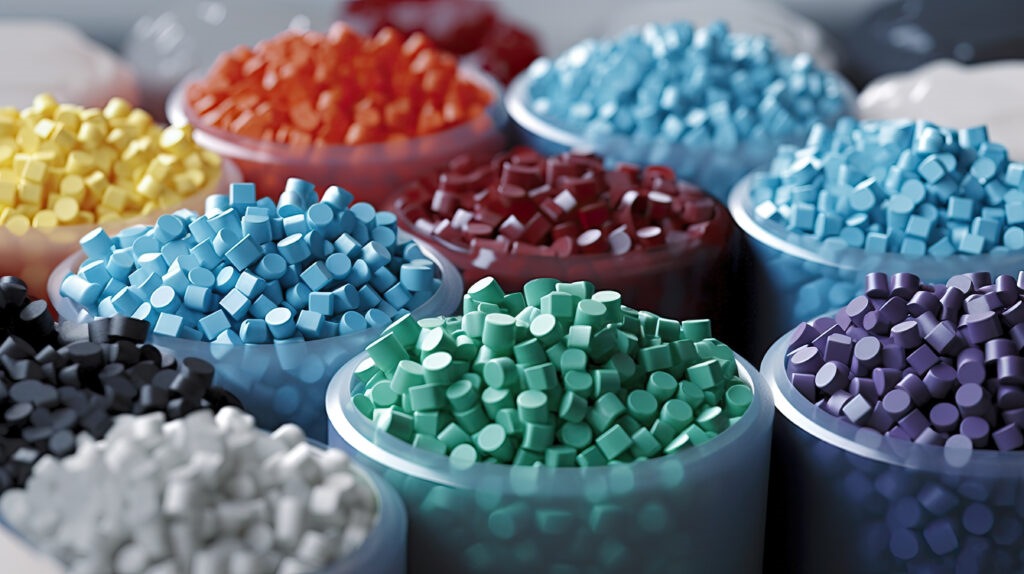
1. Brief Introduction to Rubber Additives
What Are Rubber Additives?
Rubber additives are chemical compounds or materials added during the rubber compounding process to enhance specific properties of rubber products.
These additives modify the performance, durability, and manufacturability of the rubber, making it suitable for a wide range of applications.
Rubber Additives vs. Rubber Compounds
Rubber additives are individual ingredients, such as accelerators or plasticizers, used to improve raw rubber.
In contrast, rubber compounds are the final mixtures of rubber, additives, and fillers ready for processing into finished products. The quality of the rubber compound depends heavily on the selection and dosage of additives.
Why Are Additives Essential in Rubber Compounds?
Additives play a crucial role in:
-
Enhancing physical properties like tensile strength and elasticity.
-
Improving resistance to aging, heat, and environmental factors.
-
Simplifying processing and reducing production costs.

2. Main Types of Rubber Additives
Accelerators
Accelerators speed up the vulcanization process, ensuring efficient cross-linking of rubber molecules.
Common examples include sulfenamides and thiurams, which are widely used in the tire industry.
Activators
Activators, such as zinc oxide and stearic acid, work synergistically with accelerators to boost vulcanization efficiency, ensuring uniform curing and improved product performance.
Anti-Aging Agents
Anti-aging agents protect rubber products from degradation caused by oxygen, ozone, heat, and UV exposure.
Examples include amine and phenolic antioxidants.
Blowing Agents
Blowing agents generate gases during the vulcanization process, creating cellular structures in foam products.
They are used in applications like cushioning and insulation.
Plasticizers
Plasticizers improve the flexibility and processability of rubber.
By reducing the glass transition temperature, they make rubber softer and easier to handle during manufacturing.
Coupling Agents
Coupling agents, such as silanes, enhance the bond between rubber and fillers, improving mechanical properties like strength and abrasion resistance.
Cross-Linking Agents
Cross-linking agents, such as sulfur and peroxides, facilitate the formation of chemical bonds between polymer chains, providing the elasticity and strength characteristic of rubber products.
3. Benefits of Using Rubber Additives
-
Improved Durability: Enhanced resistance to wear, heat, and environmental factors.
-
Enhanced Processing: Easier mixing, shaping, and curing processes.
-
Cost Efficiency: Reduced material waste and energy consumption.
-
Customizable Properties: Tailored performance for specific applications, such as high elasticity or heat resistance.
4. Rubber Additives' Application Areas
Rubber additives are integral to various industries, including:
-
Automotive: Tires, belts, hoses, and seals.
-
Construction: Roofing, insulation, and gaskets.
-
Consumer Goods: Footwear, toys, and household products.
-
Medical: Gloves and tubing.
-
Industrial: Conveyor belts and vibration dampers.
5. Considerations When Choosing Additives
-
Compatibility: Ensure the additive is compatible with the base rubber and other ingredients.
-
Performance Requirements: Select additives based on the desired mechanical, thermal, or chemical properties.
-
Environmental Regulations: Consider compliance with regional and global standards for safety and sustainability.
-
Cost-Effectiveness: Balance performance enhancements with budget constraints.
-
Processing Conditions: Choose additives that align with your manufacturing setup, such as temperature and equipment capabilities.
By understanding the role and selection of rubber additives, buyers can make informed decisions that improve product performance, optimize manufacturing, and reduce costs.
 cwc@jxbh-masterbatch.com
cwc@jxbh-masterbatch.com Jiaxing Beihua Polymer Auxiliaries Co., Ltd. / Shanghai Crystal Wells Chemical New Materials Co., Ltd.
Jiaxing Beihua Polymer Auxiliaries Co., Ltd. / Shanghai Crystal Wells Chemical New Materials Co., Ltd.
































